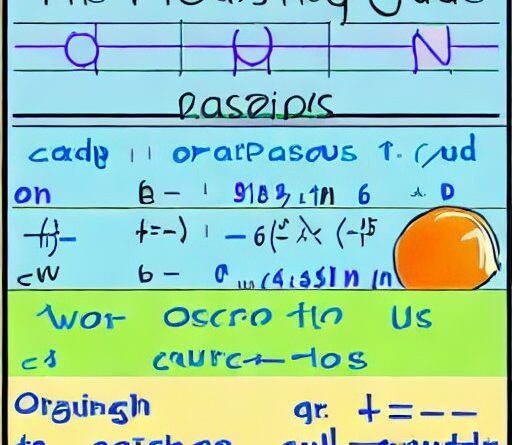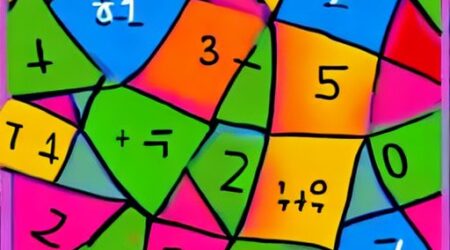Mastering the Basics: A Comprehensive Guide to Basic Math Operations
Mathematics is a fundamental skill that we use in various aspects of our daily lives. It all begins with understanding the four basic math operations: addition, subtraction, multiplication, and division. In this comprehensive guide, we will explore these foundational operations, offering tips and tricks to perform them efficiently and accurately.
Section 1: Addition – Combining Numbers
Addition is the process of combining two or more numbers to obtain their sum. It is one of the most basic and essential operations in arithmetic. Here are some strategies to make addition easier:
– Counting on: Start with the larger number and count upwards by the smaller number.
– Place value addition: Break down numbers into ones, tens, hundreds, etc., and add each place value separately.
– Using number bonds: Recognize pairs of numbers that add up to 10, such as 3 + 7, to speed up mental calculations.
Section 2: Subtraction – Taking Away Numbers
Subtraction is the process of taking away one number from another to find their difference. It is the inverse operation of addition. Here are some techniques to simplify subtraction:
– Counting back: Start with the larger number and count downwards by the smaller number.
– Place value subtraction: Break down numbers into ones, tens, hundreds, etc., and subtract each place value separately.
– Using number bonds: Recognize pairs of numbers that have a difference of 10, such as 13 – 3, to speed up mental calculations.
Section 3: Multiplication – Repeated Addition
Multiplication is the process of repeated addition or finding the product of two numbers. It is a more efficient way to add the same number multiple times. Here are some methods to facilitate multiplication:
– Times tables: Memorize the multiplication tables up to 12 x 12 for quick recall.
– Distributive property: Break down larger numbers into smaller parts and multiply each part separately before adding the results.
– Using doubling and halving: If one number can be halved and the other doubled, it simplifies the multiplication process (e.g., 6 x 16 = 3 x 32).
Section 4: Division – Sharing Equally
Division is the process of sharing a number equally among a specific number of groups or finding out how many times one number can fit into another. It is the inverse operation of multiplication. Here are some strategies to ease division:
– Times tables: Memorize the division tables up to 144 ÷ 12 for quick recall.
– Long division: Learn the long division method to divide larger numbers systematically.
– Estimation: Use estimation to divide numbers approximately, then refine the answer through subsequent calculations.
Conclusion
Understanding and mastering basic math operations is crucial for building a strong foundation in mathematics. By learning efficient strategies and practicing regularly, we can enhance our arithmetic skills and tackle more complex mathematical concepts with confidence.








Leave a Reply